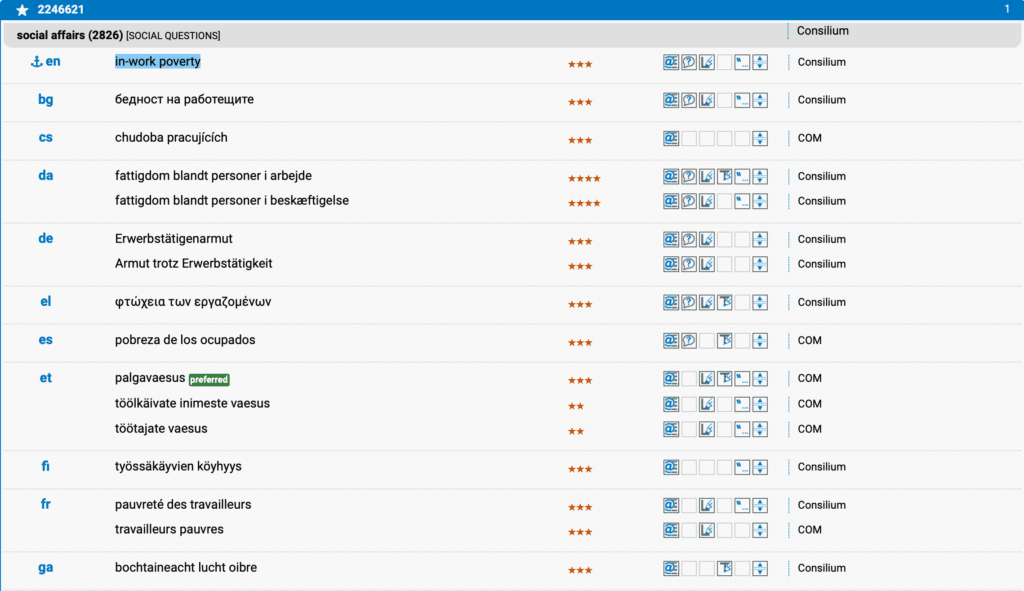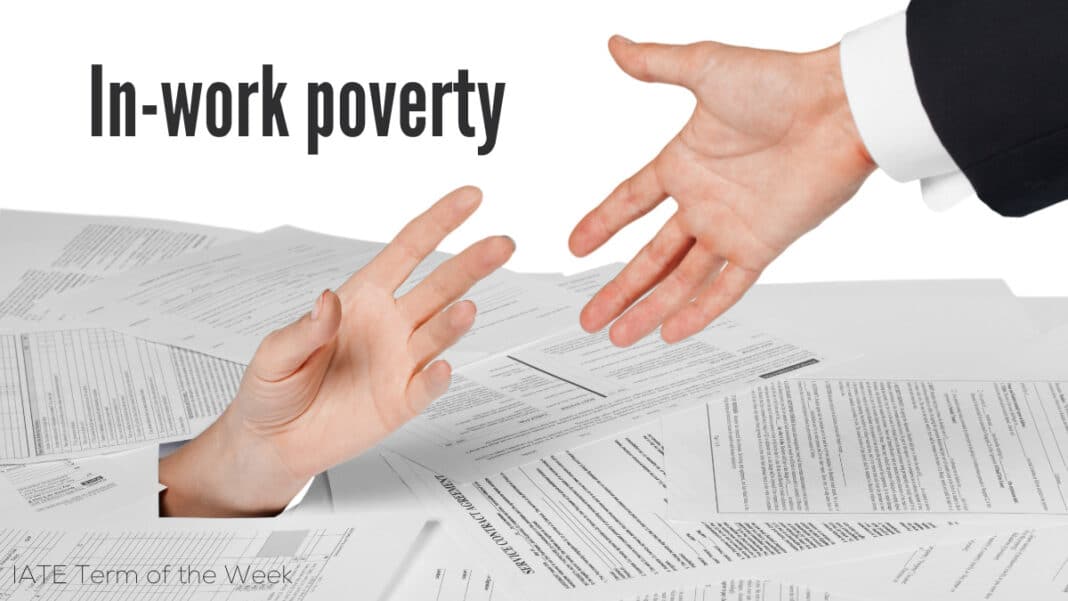While employment is traditionally perceived as a reliable path to a decent standard of living, millions of working European citizens are forced to cope with a complex phenomenon of in-work poverty on the daily basis.
In-work poverty arises when the income of a person, living in a household, is going below the poverty line. Indeed, in 2017, about 20,5 million EU workers lived at the edge of poverty while having a job contract. Unfortunately, the principle “work is the best cure for poverty” cannot be applied to low-wage sectors. In times of pandemic, the situation is not stabilizing, as almost all EU countries are in the state of lockdown trying to contain the spread of COVID-19. Due to these circumstances, citizens go through a big financial crisis.
Fight against in-work poverty inside the EU
One of the key goals of the European Union is to raise the living standards of citizens by providing quality jobs, and the EU institutions try to combat in-work poverty by implementing reforms. To tackle EU in-work poverty, the European Social Policy Network (ESPN) compiled a list of findings and recommendations, presented in the Synthesis Report.

Interesting findings in Synthesis Report
- There are certain population groups subjected to a higher risk of in-work poverty. To the list of main challenging groups belong people who live in low work intensity household with children, non-standard workers, young people, low educated individuals and single parents.
- Governments of the EU countries try to solve the problem of in-work poverty by establishing the minimum wage. The proposal of the Commission regarding minimum wages, made in October 2020, was met positively by the Members of European Parliament. However, the minimum wage might not be a sufficient method to avoid poverty, if a household has more than one person.
- Other reforms intended to impact in-work poverty include taxation, social contributions, family benefits, anti-discrimination policies and tackling labour market segmentation.
- Most of the EU countries sped up the process of implementation of political reforms regarding in-work poverty in the years 2015-2018.
- The number of workers, experiencing in-work poverty, is continuously growing, which ends up in polarisation within the EU.
Despite measures adopted, the phenomenon of in-work poverty still persists. This is an emergency signal of social unfairness that might lead to negative consequences for European societies.

IATE goes AUDIO provides short audio clips in different languages explaining IATE Terms of the Week in a clear and concise manner. The aim of this initiative is to make IATE terminology accessible to a wider audience.
This week, you can tune in to another IATE goes Audio feature: click below to listen to ‘In-work poverty’ explained in Spanish.
References
European Commission. 2021. In-work poverty in Europe: a study of national policies. [ONLINE] Available at: https://ec.europa.eu/social/main.jsp?langId=en&catId=89&newsId=9378&furtherNews=yes [Accessed 22 April 2021].
European Commission. 2021. Advancing the EU social market economy: adequate minimum wages for workers across Member States. [ONLINE] Available at: https://ec.europa.eu/commission/presscorner/detail/en/ip_20_1968 [Accessed 22 April 2021].
Social Europe. 2021. In-work poverty in times of pandemic. [ONLINE] Available at: https://www.socialeurope.eu/in-work-poverty-in-times-of-pandemic [Accessed 22 April 2021].
News European Parliament. 2021. How MEPS want to tackle in-work poverty in the EU [ONLINE] Available at: https://www.europarl.europa.eu/news/en/headlines/society/20210211STO97613/how-meps-want-to-tackle-in-work-poverty-in-the-eu [Accessed 22 April 2021].

Written by Olena Khomiakova, Schuman Communication Trainee Terminology Coordination Unit. Currently she is enrolled as a Master student in Learning and Communications in Multilingual and Multicultural Contexts at the University of Luxembourg.

